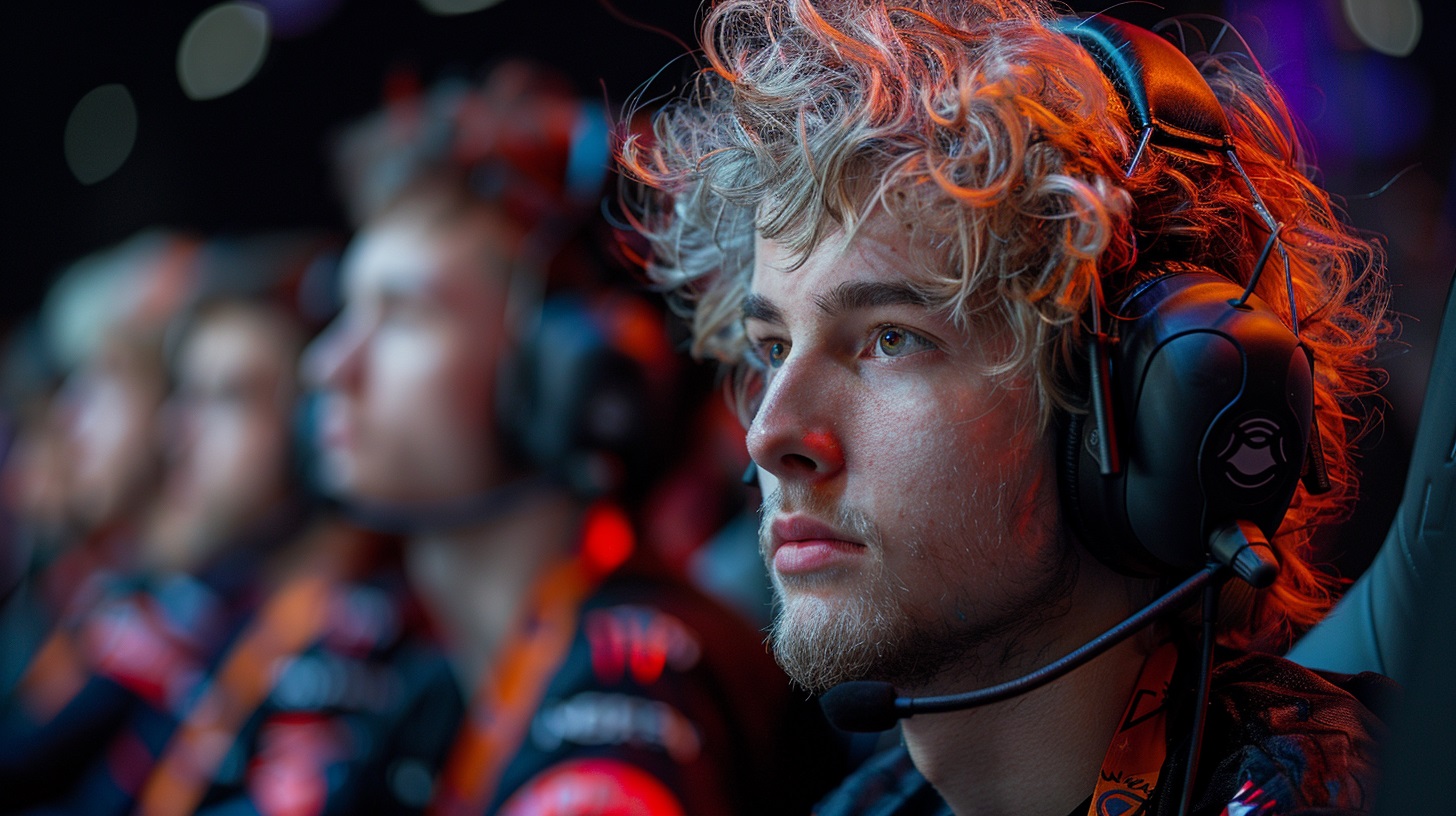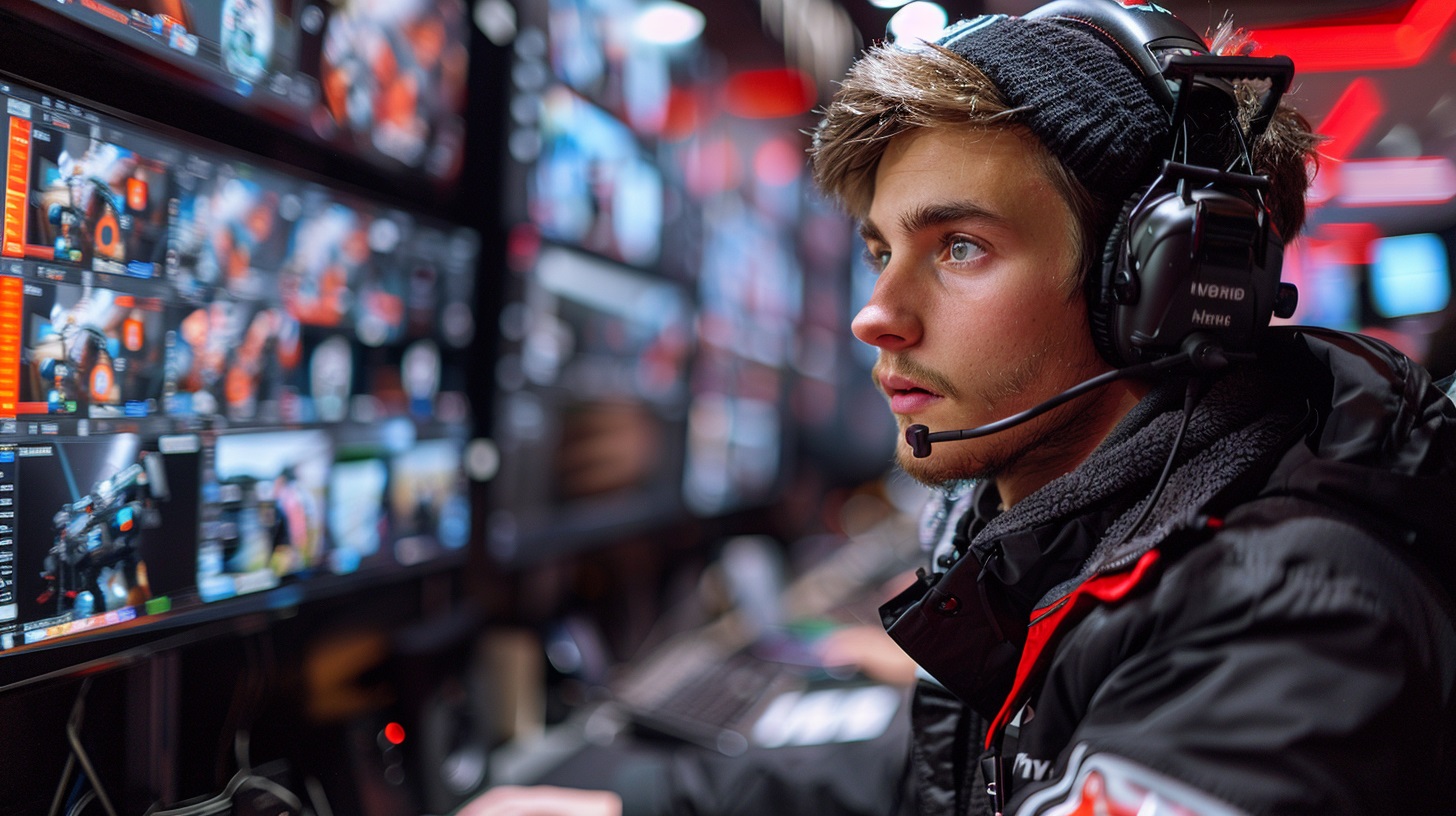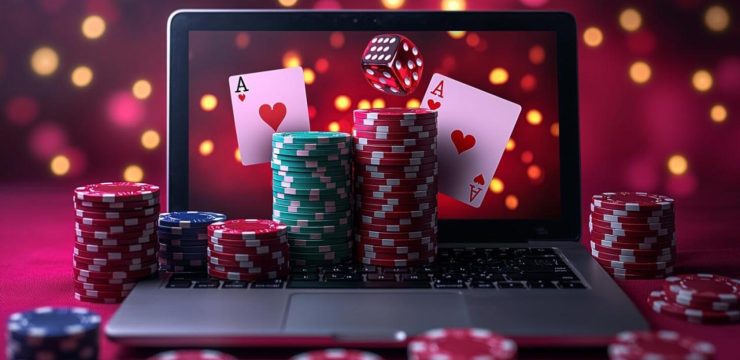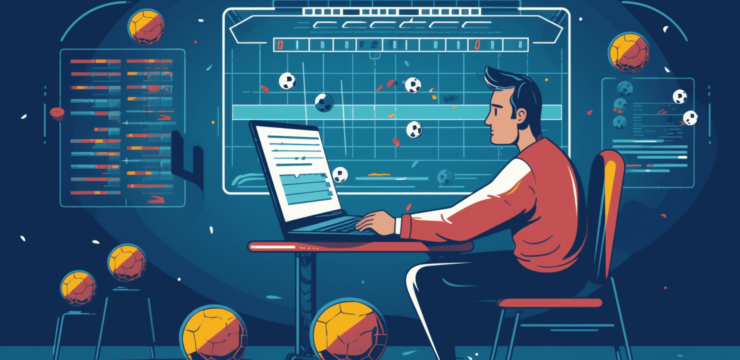
Tournaments hold significant popularity within the e-sports community, taking place both online and offline. The thrill of competition and shared enthusiasm for various games draw an increasing number of spectators—not just passionate gamers, but also newcomers intrigued by the gameplay and event. However, organizing an e-sports tournament is more complex than it appears.
Besides conceptualization and logistics, securing the necessary licenses is imperative, coupled with adherence to legal regulations. Additionally, organizing an e-sports event requires various equipment, which can range from powerful computers to high-quality audio-visual systems. Thankfully, bulky fax machines can be replaced with mobile applications Online fax, streamlining communication and reducing clutter. This article outlines five phases for organizing an e-sports event.
Phase 1: prepare for your e-gaming tournament
Organizing a successful e-sports event requires careful preparation, starting with selecting the right game, as it influences equipment, structure, and licensing needs. Identify the game’s publisher and understand the licensing requirements, which vary based on the organizer and prize distribution. Decide on the game concept, format, and platforms for hosting and showcasing the event.
Lastly, determine the type of prizes, whether cash, in-game items, or vouchers, to be offered to participants and winners.

Phase 2: establish tournament rules for your e-sports event
When creating your e-sports tournament rulebook, finalize details and establish a clear schedule to facilitate player participation. Include the start date, time, and duration of the tournament. As the organizer, define game-specific rules and bans to prevent unfair advantages, like exploits or cheats. Clear house rules and netiquette promote fair play and an enjoyable experience for all participants. To keep everyone informed, the rules can be sent to all participants via fax using comfax.com.
Utilize digital tools for ranking management
Say goodbye to intricate Excel spreadsheets! Leverage modern digital tools for ranking management. Platforms like RUSH.GG or Battlefy allow you to manage gaming IDs, enter game formats and modes, and create tournament brackets or rankings. You can also handle prize distributions digitally. Participants value staying informed about the current status, and transparent digital tools prevent the management team from being overwhelmed with status inquiries.
Phase 3: advertising and marketing your e-sports tournament
Phase 3 focuses on inviting participants to your event. Identifying the right audience is vital for a successful tournament. Consider whether you want to target professional, semi-professional, or amateur players who participate for leisure. Decide in advance which segments of the e-sports community—gaming clubs, university leagues, groups, or communities—you wish to engage.
Will your tournament be open to all or exclusive to professionals? Identify the appropriate contacts for sending out invitations.
Tip: Understand your target audience’s interests. Offering modest prize money may not attract professional players, so tailor your approach accordingly.

Promote your tournament using social media channels
To host a successful e-sports tournament, utilize social media to attract attention. Create a tailored marketing strategy, choose the right platforms, and ensure engaging content for your target audience. Address key marketing questions in advance:
- Will the gaming event be streamed? If so, on which platform?
- Are you planning to run paid ads to expand your audience?
- Will you utilize your own channels for the e-sports event? If so, which ones?
- Should graphics and informational content be created for social media platforms?
- What corporate identity (CI) should be used for marketing efforts? Does your tournament have its own CI, or are there partners whose CI needs to be considered?
Phase 4: conducting your e-sports tournament
When organizing an e-sports event, focus on administration and coverage. Appoint administrators to handle tasks like maintaining rankings and enforcing rules, with a referee to manage penalties. For coverage, use streaming platforms and social media, with commentators providing match insights. Add a 1-2 minute delay on streams to prevent unfair advantages.
Phase 5: reporting – following up on your e-sports event
The report centers on analyzing e-sports events to pinpoint successes and areas for improvement. Key analysis points include the application process, audience reach, social media impact, technical operation, and admin support effectiveness.
Post-event follow-up is crucial for maintaining player engagement, which includes timely communication about prize distribution within 30-60 days and clear guidelines on responsibilities. Responsibilities for distributing merchandise should be defined to avoid delays.






